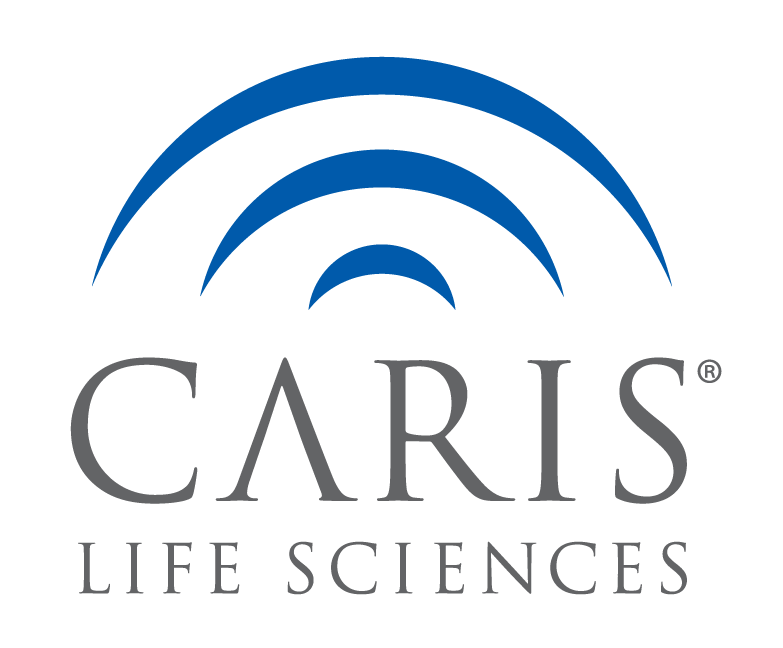Background: The FOLH1 gene encodes prostate-specific membrane antigen (PSMA), a transmembrane glycoprotein that is highly expressed in prostate cancer cells and on endothelial cells in the neovasculature of solid tumors, including RCC. PSMA has been used as a target for diagnostic imaging and therapeutic radioligand therapy. We utilized a database of molecularly profiled RCC tumors to evaluate associations with FOLH1 expression.
Methods: NextGen sequencing of DNA (592-gene/whole exome) and RNA (whole transcriptome) was performed for RCC patient specimens (n=1765) through Caris Life Sciences (Phoenix, AZ). FOLH1-High/Low expression were defined as ≥75th/<25th-percentile of RNA transcripts per million (TPM). Angiogenic, T-effector, and Myeloid expression signatures were calculated using previously defined gene sets (McDermott, 2018). Immune cell infiltration in tumor microenvironments (TMEs) was estimated using MCP-Counter (Becht, 2016). Tumor cell PD-L1+ expression (≥2+, ≥%5; SP142) was assessed by IHC. Kaplan-Meier estimates were calculated from time of tissue collection or therapy start.
Results: FOLH1 expression was similar between sexes (71% male/29% female, 11.2 vs. 11.3 median TPM, p=0.54) and was not correlated with patient age at time of profiling (median 63 years, range 1-90+, spearman = 0.02, P=0.42). FOLH1 expression was significantly higher in clear cell RCC (ccRCC; 71.1% prevalence) compared to non-ccRCC tumors (19.0 vs 3.3 TPM, P<0.001). FOLH1 expression varied by specimen site (45% kidney/55% metastatic, 13.6 vs. 9.9 TPM, P<0.001), with notably lower expression in lymph nodes (5.3 TPM, P<0.001, 8.2% prevalence). FOLH1 expression was strongly correlated with angiogenic gene expression compared to T-effector and myeloid signatures (spearman = 0.76 vs 0.33 and 0.20, respectively, each P<0.001), with similar correlation strength observed for endothelial cell abundance in TMEs (spearman = 0.76 vs. 0.04-0.50 for immune cell types, P<0.001). PD-L1+ IHC frequency was numerically lower yet not significantly different in FOLH1-High compared to -Low tumor among ccRCC (10 vs. 17%, P=0.07), but was similar among non-ccRCC (31 vs 32%, P=0.95). For patients stratified by median FOLH1 expression, no difference in overall survival from time of tissue sampling was observed for ccRCC (HR 1.2, P=0.57) or non-ccRCC cohorts (HR 0.77, P=0.59), while FOLH1-High was associated with numerically longer cabozantinib time-on-treatment (223 vs. 61 days, HR 0.60, P=0.08).
Conclusions: We observed differential patterns of FOLH1 expression by histology and tumor site. FOLH1 expression was strongly correlated with angiogenic gene expression and distinct differences in TME composition, including endothelial cell abundance. FOLH1 gene expression was positively correlated with increased duration of anti-angiogenic treatment. Additional studies are needed to test the efficacy of PSMA-based diagnostics/therapeutics in RCC.

